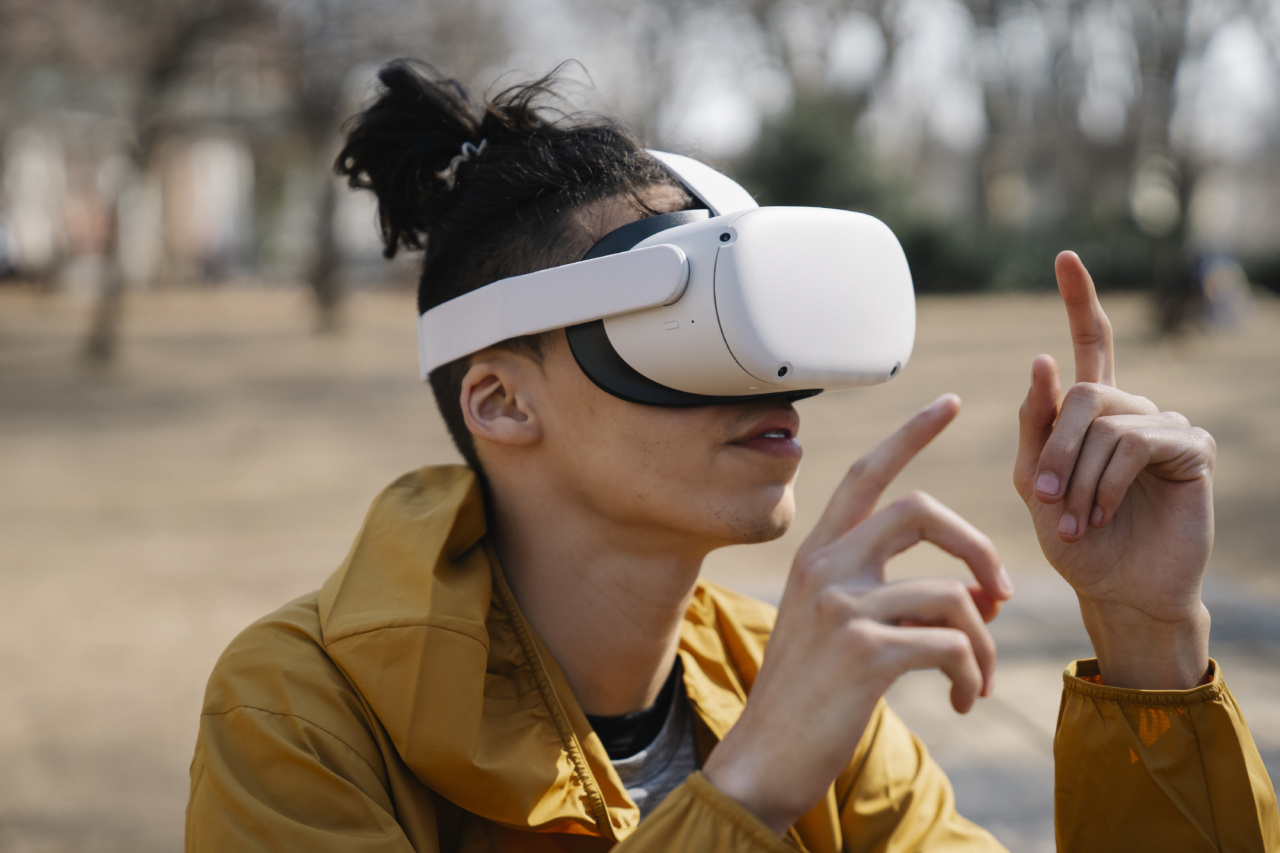In the digital age, virtual drugs are becoming an increasing concern, as individuals look for ways to escape reality and seek new experiences in the virtual realm.
While the concept of virtual drugs may seem abstract, it is important to examine whether certain individuals have a higher tendency to use them. This article aims to explore the factors influencing individuals’ tendencies to use virtual drugs and whether certain groups exhibit a higher inclination towards this phenomenon.
The Rise of Virtual Drugs
In recent years, advancements in technology have paved the way for immersive experiences, such as virtual reality and online simulations. These digital platforms offer users a chance to engage in various activities, including using virtual drugs.
Virtual drugs are substances that mimic the effects of real-world drugs and provide users with altered states of consciousness or sensory experiences.
Psychological Factors
Several psychological factors contribute to the tendency of individuals to engage in using virtual drugs. Firstly, escapism is a common driving force.
Many individuals seek a means to escape their daily lives, whether due to stress, boredom, or dissatisfaction. Virtual drugs provide an enticing alternative reality where users can experience the euphoria or altered sensations associated with drug use without the negative consequences.
Additionally, the desire for novelty and exploration plays a significant role. The virtual world offers endless possibilities and allows individuals to experiment with experiences that may be otherwise unattainable in the physical world.
For some, the allure of exploring altered states of consciousness or engaging in illicit activities through virtual drugs becomes too tempting to resist.
Social Media and Peer Influence
Social media platforms play a crucial role in shaping individuals’ tendencies towards using virtual drugs. Social influencers and online communities that promote virtual drug use can exert significant peer pressure on vulnerable individuals.
The desire to fit in and be accepted within these online communities can drive individuals to experiment with virtual drugs, often overlooking the potential consequences.
Moreover, the constant exposure to virtual drug use through social media platforms can normalize these behaviors and desensitize individuals to the potential risks.
The power of social influence can make certain groups more susceptible to engaging in this behavior, particularly younger individuals who are more active on social media and seek validation through online interactions.
Immersive Experiences and Addiction
Virtual drug use can also be linked to addiction. Immersive experiences provided by virtual reality or online simulations can lead individuals to develop a psychological dependence on virtual drugs.
The intense sensory stimulation and escapism provided by these experiences can create a cycle of craving and subsequent use.
Furthermore, the ease of access to virtual drugs within these platforms can contribute to the development of addictive behaviors.
Unlike the physical world, where obtaining drugs may be challenging, virtual drugs are readily available at the click of a button, making it easier for individuals to succumb to their addictive tendencies.
Virtual Drugs and Technology
The rapid advancement of technology has made virtual drugs more realistic and immersive. As virtual reality and augmented reality technologies continue to evolve, the line between the virtual and physical world blurs.
This increased realism further contributes to individuals’ tendencies to use virtual drugs, as they offer a more authentic and convincing experience.
Moreover, the constant connectivity enabled by the internet and technological devices allows individuals to access virtual drugs anytime and anywhere, making it difficult to escape their influence.
The seamless integration of virtual drug experiences within the fabric of daily life reinforces these tendencies and makes it challenging for certain individuals to resist their allure.
Certain Groups with Higher Tendencies
While virtual drug use can be prevalent across various demographics, certain groups may exhibit a higher tendency towards using virtual drugs. One such group includes individuals who struggle with substance abuse in the physical world.
The virtual realm may serve as an appealing substitute, as it provides a temporary escape without the risk of physical harm.
Additionally, individuals with high levels of curiosity and those with a history of seeking new experiences are more likely to engage in virtual drug use.
These individuals are naturally inclined to explore novel sensations and are less deterred by the potential risks associated with virtual drug use.
Moreover, individuals who struggle with social interactions or have difficulties forming meaningful connections in the physical world may turn to virtual drugs as a means of socializing and connecting with others.
The virtual realm offers a sense of anonymity and acceptance, which can be particularly appealing to those who feel marginalized or isolated.
Conclusion
Virtual drugs pose both opportunities and risks in the digital age. While they offer individuals a chance to explore new experiences and temporarily escape reality, certain groups may be more prone to using virtual drugs.
Psychological factors, social media influence, immersive experiences, addiction, and technological advancements all contribute to individuals’ tendencies towards virtual drug use.
Understanding these factors is crucial for developing effective strategies to mitigate potential harms associated with virtual drug use.
Education, awareness campaigns, and responsible use guidelines can help individuals make informed choices about their engagement with virtual drugs and ensure a safe and enjoyable virtual experience for all.




























